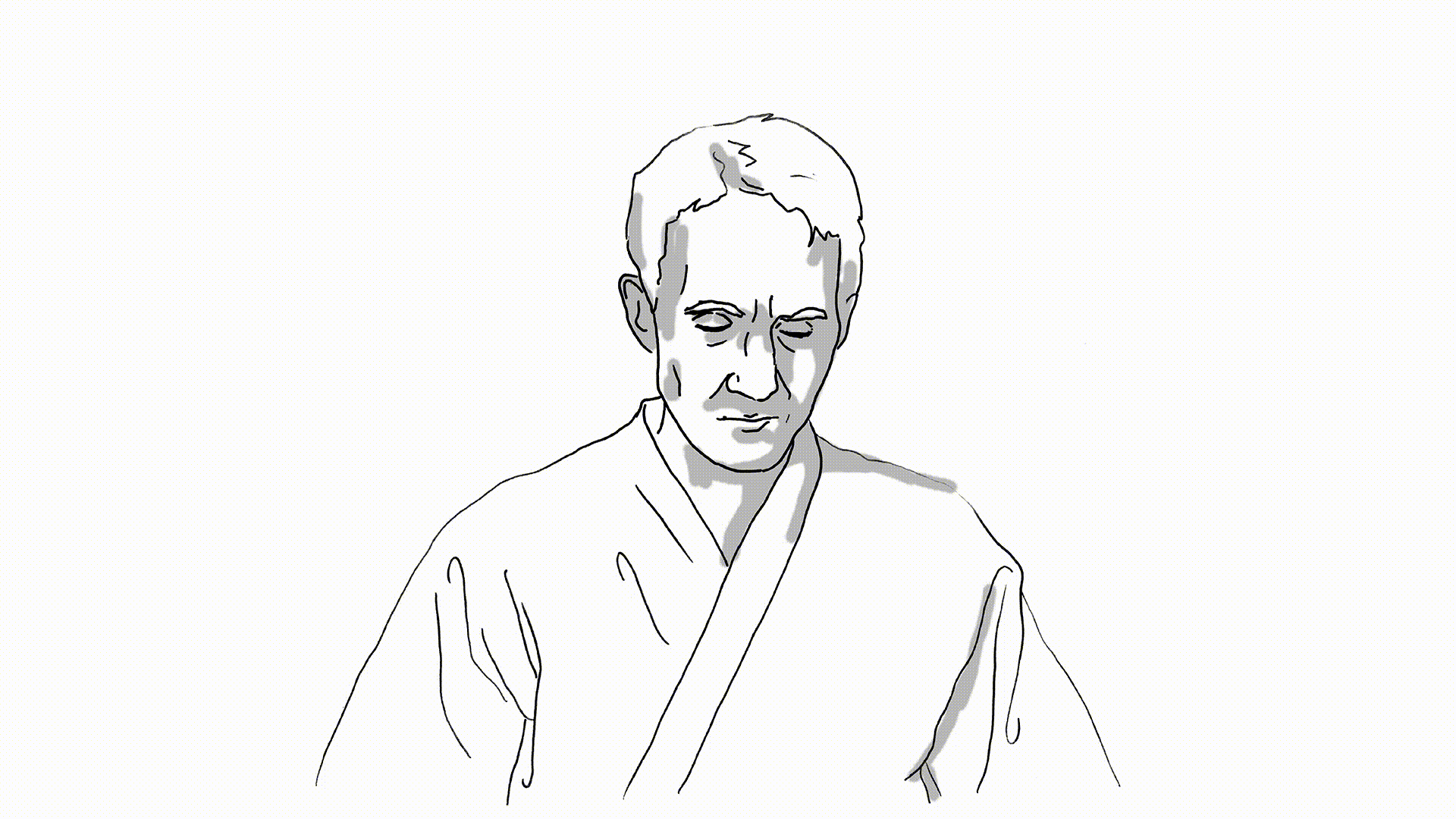Breathing is one of the most important things we do. So why isn’t it something that we spend more time practicing? Breathing exercises can yield numerous practical results, from yoga breathing techniques that aid our health, to ‘warrior breathing’ techniques that can give us an instant boost of confidence.
Ki breathing, its name derived from the Japanese word for spirit or life essence, draws special attention to the relationship we have with breathing and the vital aspect in plays throughout our life.
In addition to the numerous health benefits of Ki breathing – from bringing more oxygen to our blood vessels to relieving stress and anxiety – the focus on breathing as a life essence plays a special role in connecting to our surroundings and living in the moment.
Before you begin breathing, posture is a vital component of Ki breathing.
Standing posture:
- Stand up straight! This is easier said than done. Practice standing up and down on your toes. When you come down, don’t shift your weight back to your heels. Stand so that you can go back on your toes at any time without shifting your weight.
- Ensure that your back is straight. Make an “L” with your thumb and forefinger and bring it to your lower back, palm outward and finger pointing down. You should be able to press it against your back without shifting your weight.
- Relax your shoulders, and don’t puff out your chest. Place a flat hand palm-down on your chest to ensure that it is relaxed.
- As you breathe in and out, imagine the breath coming into a single point in your body. Visualize this point by touching the tips of your fingers together at the bottom of your abdomen. The breath is flowing into this point, and being expelled from it.
Once you’ve got the posture down, you’re ready to breathe!

Ki breathing technique:
- Exhalation: slightly open the mouth and emphasize a “haa” sound while breathing. Practice it vocally at first so you can hear the sound of the breath being released from the lungs, through the windpipe, and out of the mouth.
- Inhalation: take in your breath through the nose in the same way that you would smell a flower. Take note the breath in the same way that you notice the aroma of a flower. Feel it through your nose, down your windpipe, and into your lungs.
- Maintain your posture and breathe filling your abdominal area, not your chest.
- Keep focus on a single point as you breathe, where the breath is coming into and being expelled from. This point can change depending on the position.
- Inhale and exhale at your own pace, but keep a consistent rhythm. Inhale for four beats, hold the breath for two beats, exhale for four beats, hold for another two beats, and then inhale again. If walking, use each step as a beat.
- Remain entirely focused on the breath and how it flows through the body. Use the focal point based on your position to help maintain focus.
An important part of Ki breathing is taking note of the air as you inhale and exhale, and cultivating a relationship with the air you breathe. Take note how it fills your lungs in their shape, as water might fill a container. When expelled, the air takes the shape of the atmosphere around you.
Try to take just minutes out of your day to practice and perfect your Ki breathing. Over time, you should be able to notice the benefits it brings to both the body and mind.
One of those is a calmness and appreciation for your surroundings that will help immeasurably when it comes to adapting to change; by the time you face a situation that you think you need to adapt to, you may have naturally the kind of calm and self-aware individual who is unfazed by change.
[text-block-start]
Breathing comes so naturally to everyone that few of us take the time to practice it. Ki breathing is a simple concept, but if practiced long-term can lead to great health benefits.
At MaArtial, we believe that controlled breathing techniques can be implemented in a wide variety of situations to great practical benefit. While combat breathing can relieve stress and calm the nerves, long-term ki breathing can be a life-altering process.
[text-block-end title=”MaArtial comment”]












